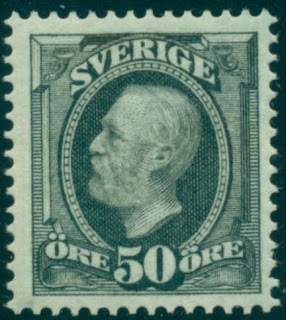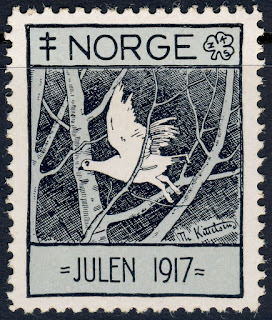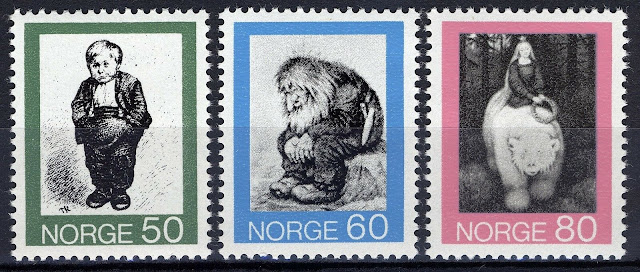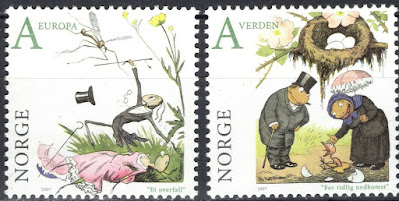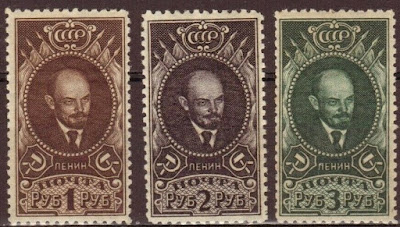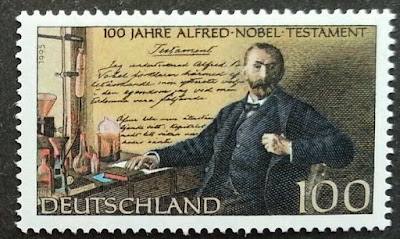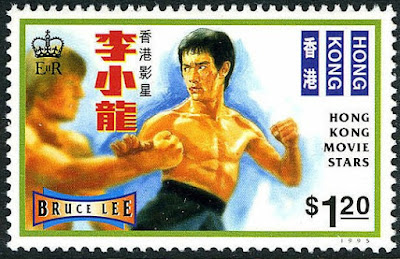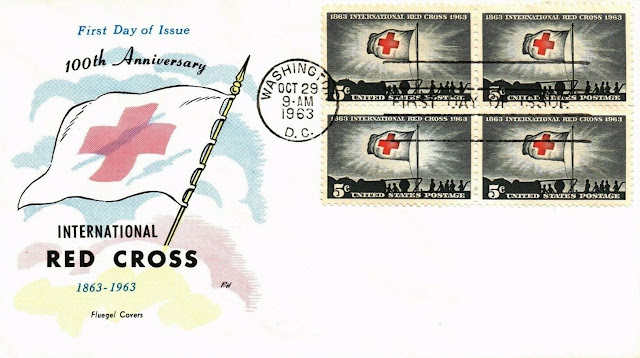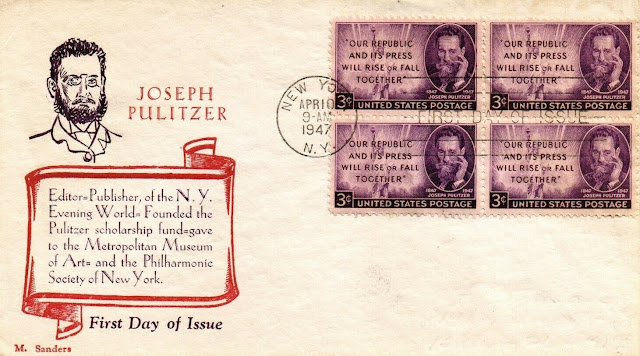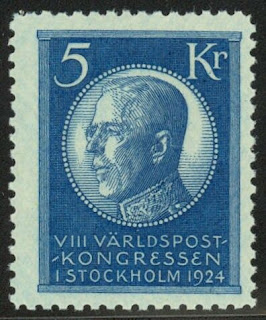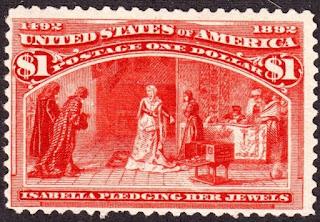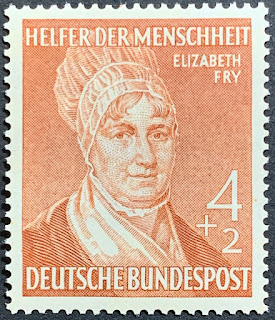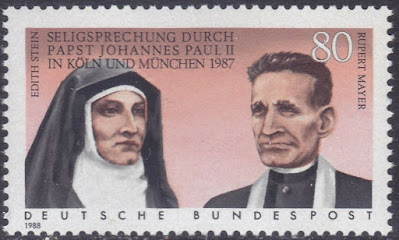Here are some events that happened on January 21st. It could be an event or a person that died or was born on that day
1793 Died: Louis XVI of France (b. 1754)
Louis XVI (Louis-Auguste; 23 August 1754 – 21 January 1793) was the last king of France before the fall of the monarchy during the French Revolution. He was referred to as Citizen Louis Capet during the four months just before he was executed by guillotine. In 1765, upon the death of his father, Louis, Dauphin of France, he became the new Dauphin. Upon his grandfather Louis XV's death on 10 May 1774, he assumed the title King of France and Navarre, until 4 September 1791, when he received the title of King of the French until the monarchy was abolished on 21 September 1792.
The first part of his reign was marked by attempts to reform the French government in accordance with Enlightenment ideas. These included efforts to abolish serfdom, remove the taille (land tax) and the corvée (labour tax), and increase tolerance toward non-Catholics as well as abolish the death penalty for deserters. The French nobility reacted to the proposed reforms with hostility, and successfully opposed their implementation. Louis implemented deregulation of the grain market, advocated by his economic liberal minister Turgot, but it resulted in an increase in bread prices. In periods of bad harvests, it led to food scarcity which, during a particularly bad harvest in 1775, prompted the masses to revolt. From 1776, Louis XVI actively supported the North American colonists, who were seeking their independence from Great Britain, which was realised in the 1783 Treaty of Paris. The ensuing debt and financial crisis contributed to the unpopularity of the Ancien Régime. This led to the convening of the Estates-General of 1789. Discontent among the members of France's middle and lower classes resulted in strengthened opposition to the French aristocracy and to the absolute monarchy, of which Louis and his wife, Queen Marie Antoinette, were viewed as representatives. Increasing tensions and violence were marked by events such as the storming of the Bastille, during which riots in Paris forced Louis to definitively recognize the legislative authority of the National Assembly.
Louis's indecisiveness and conservatism led some elements of the people of France to view him as a symbol of the perceived tyranny of the Ancien Régime, and his popularity deteriorated progressively. His unsuccessful flight to Varennes in June 1791, four months before the constitutional monarchy was declared, seemed to justify the rumors that the king tied his hopes of political salvation to the prospects of foreign intervention. The credibility of the king was deeply undermined, and the abolition of the monarchy and the establishment of a republic became an ever-increasing possibility. The growth of anti-clericalism among revolutionaries resulted in the abolition of the dîme (religious land tax) and several government policies aimed at the dechristianization of France.
In a context of civil and international war, Louis XVI was suspended and arrested at the time of the Insurrection of 10 August 1792. One month later, the absolute monarchy was abolished and the First French Republic was proclaimed on 21 September 1792. Louis was then tried by the National Convention (self-instituted as a tribunal for the occasion), found guilty of high treason, and executed by guillotine on 21 January 1793, as a desacralized French citizen under the name of Citizen Louis Capet, in reference to Hugh Capet, the founder of the Capetian dynasty – which the revolutionaries interpreted as Louis's surname. Louis XVI was the only king of France ever to be executed, and his death brought an end to more than a thousand years of continuous French monarchy. Both of his sons died in childhood, before the Bourbon Restoration; his only child to reach adulthood, Marie Therese, was given over to the Austrians in exchange for French prisoners of war, eventually dying childless in 1851.
US Stamp depicting Franklin and Louis XV
1829 Born: Oscar II of Sweden (d. 1907)
1914 Died: Theodor Kittelsen, Norwegian painter and illustrator (b. 1857)
Theodor Severin Kittelsen (27 April 1857 – 21 January 1914) was a Norwegian artist. He is one of the most popular artists in Norway. Kittelsen became famous for his nature paintings, as well as for his illustrations of fairy tales and legends, especially of trolls.
Kittelsen was born in the coastal town of Kragerø in Telemark county, Norway. His father died when he was young, leaving a wife and eight children in difficult circumstances. Theodor was only 11 years old when he was apprenticed to a watchmaker. When at the age of 17 his talent was discovered by Diderich Maria Aall, he became a pupil at Wilhelm von Hannos drawing school in Christiania (now Oslo). Because of generous financial support by Aall he later studied in Munich. However, in 1879 Diderich Aall could no longer manage to support him, so Kittelsen had to earn his money as a draftsman for German newspapers and magazines.
In 1882 Kittelsen was granted a state scholarship to study in Paris. In 1887 he returned to Norway for good. When back in Norway, he found nature to be a great inspiration. He spent the next two years in Lofoten where he lived with his sister and brother-in-law at Skomvær Lighthouse. Kittelsen also started to write texts to his drawings there.
Theodor Kittelsen and his family settled in a home and artist studio which he called Lauvlia near Prestfoss during 1899. Kittelsen spent his best artistic years here. During this period, Kittelsen was hired to illustrate Norwegian Folktales (Norwegian: Norske Folkeeventyr) by the Norwegian folklore collector Peter Christen Asbjørnsen and Jørgen Moe. In 1908 he was made Knight of The Royal Norwegian Order of St. Olav. However, he was forced to sell and leave Lauvlia in 1910 due to failing health. He was granted an artist’s stipend in 1911 but died in Jeløya in 1914. After his death, his widow Inga Kittelsen was granted an annual salary from the Storting.
Kittelsen's style had elements of Neo-Romantic and naïve painting. As a national artist he is highly respected and well known in Norway, but doesn't receive much international attention, which is the reason that his name is often not included in registers of internationally recognized painters and artists.
Stamps issued by Norway depicting Kittelsen's works
1924 Died: Vladimir Lenin, Russian lawyer and politician (b. 1870)
Vladimir Ilyich Ulyanov (22 April 1870 – 21 January 1924), better known by his alias Lenin, was a Russian revolutionary, politician, and political theorist. He served as the head of government of Soviet Russia from 1917 to 1924 and of the Soviet Union from 1922 to 1924. Under his administration, Russia, and later the Soviet Union, became a one-party Marxist–Leninist state governed by the Communist Party of the Soviet Union. Ideologically a Marxist, he developed a variant of it known as Leninism.
Born to a moderately prosperous middle-class family in Simbirsk (now Ulyanovsk), Lenin embraced revolutionary socialist politics following his brother's 1887 execution. Expelled from Kazan Imperial University for participating in protests against the Russian Empire's Tsarist government, he devoted the following years to a law degree. He moved to Saint Petersburg in 1893 and became a senior Marxist activist. In 1897, he was arrested for sedition and exiled to Shushenskoye for three years, where he married Nadezhda Krupskaya. After his exile, he moved to Western Europe, where he became a prominent theorist in the Marxist Russian Social Democratic Labour Party (RSDLP). In 1903, he took a key role in the RSDLP ideological split, leading the Bolshevik faction against Julius Martov's Mensheviks. Following Russia's failed Revolution of 1905, he campaigned for the First World War to be transformed into a Europe-wide proletarian revolution, which as a Marxist he believed would cause the overthrow of capitalism and its replacement with socialism. After the 1917 February Revolution ousted the Tsar and established a Provisional Government, he returned to Russia to play a leading role in the October Revolution in which the Bolsheviks overthrew the new regime.
Lenin's Bolshevik government initially shared power with the Left Socialist Revolutionaries, elected soviets, and a multi-party Constituent Assembly, although by 1918 it had centralised power in the new Communist Party. Lenin's administration redistributed land among the peasantry and nationalised banks and large-scale industry. It withdrew from the First World War by signing a treaty conceding territory to the Central Powers, and promoted world revolution through the Communist International. Opponents were suppressed in the Red Terror, a violent campaign administered by the state security services; tens of thousands were killed or interned in concentration camps. His administration defeated right and left-wing anti-Bolshevik armies in the Russian Civil War from 1917 to 1922 and oversaw the Polish–Soviet War of 1919–1921. Responding to wartime devastation, famine, and popular uprisings, in 1921 Lenin encouraged economic growth through the market-oriented New Economic Policy. Several non-Russian nations had secured independence from the Russian Empire after 1917, but three were re-united into the new Soviet Union in 1922. His health failing, Lenin died in Gorki, with Joseph Stalin succeeding him as the pre-eminent figure in the Soviet government.
Widely considered one of the most significant and influential figures of the 20th century, Lenin was the posthumous subject of a pervasive personality cult within the Soviet Union until its dissolution in 1991. He became an ideological figurehead behind Marxism–Leninism and thus a prominent influence over the international communist movement. A controversial and highly divisive historical figure, Lenin is viewed by supporters as a champion of socialism and the working class, while critics on both the left and right emphasize his role as founder and leader of an authoritarian regime responsible for political repression and mass killings.
Russian stamps depicting Lenin


